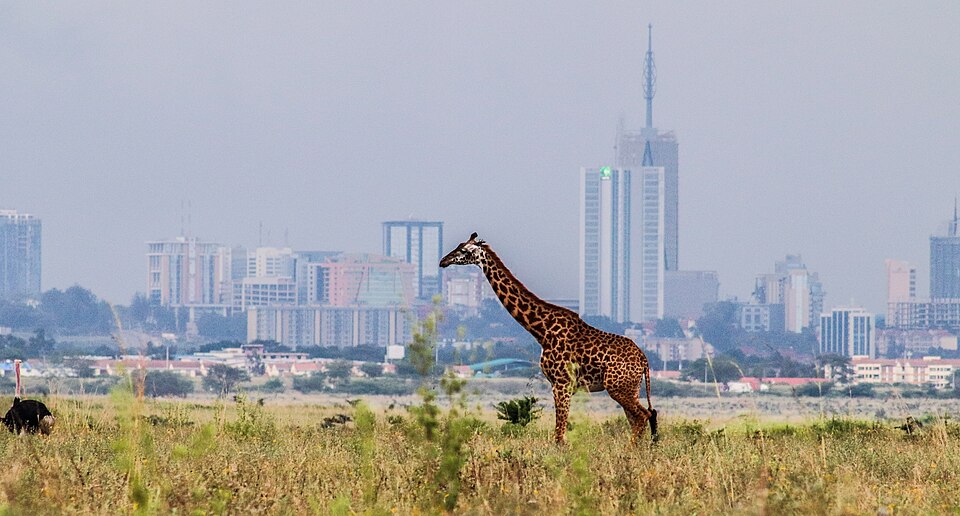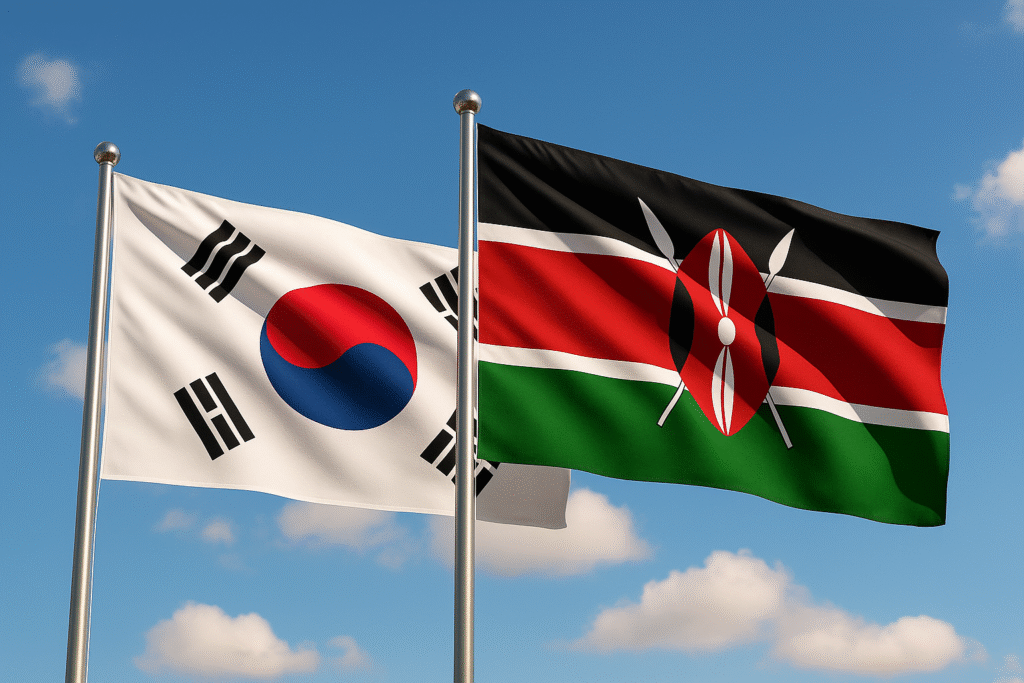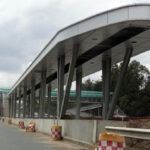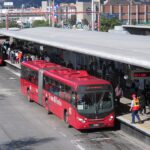Korean Firm Wins KSh 7.6 Billion Nairobi’s Outer Ring BRT Contract
A Korean firm has secured a KSh 7.6 billion contract to develop Nairobi’s Outer Ring BRT, a key transit upgrade facing both anticipation and legal hurdles.
The Kenyan government has awarded a Korean engineering firm a Sh7.6 billion contract to construct a Bus Rapid Transit (BRT) corridor along Nairobi’s Outer Ring BRT route, a project aimed at transforming urban mobility in the eastern part of the capital. Although the decision represents a significant step towards modernising transportation infrastructure, it has encountered resistance and legal scrutiny.
A Legal Challenge and a Controversial Award
The Kenya Urban Roads Authority (KURA), which awarded the contract, has encountered resistance from certain quarters. A local company, Beyond Trading Company Limited, filed a petition challenging the process, arguing that it unfairly excluded non-Korean bidders. The crux of the complaint is that the bidding process was restricted solely to Korean firms, effectively locking out local contractors from participating.
The financing arrangement with Korea’s Export-Import Bank (KEXIM), which provided a concessional loan for the project, included this exclusivity as a condition. The loan terms stated that only Korean companies could participate, following Korea-Kenya Economic Development Cooperation Fund (EDCF) procurement rules.
Despite the opposition and an active court petition, the project has moved forward after the Public Procurement Administrative Review Board (PPARB) upheld the contract award. The board stated that since a foreign government provided the financing under specific conditions, those conditions were legally binding—even if they deviated from Kenyan procurement laws.
Details of the Project
The BRT corridor will run along a 13-kilometre section of Nairobi’s Outer Ring BRT, stretching from Taj Mall in Embakasi to the Allsops interchange along Thika Road. The project includes the construction of a two-lane BRT road, three river bridges, two grade-separated interchanges (flyovers), 13 BRT stations, pedestrian footbridges, drainage infrastructure, and street lighting.
Additionally, the corridor will incorporate traffic management systems such as CCTV surveillance, vehicle enforcement tools, and intelligent fare collection systems. After the groundbreaking commences, the project is expected to take two years to complete.

Strategic Intent Behind the BRT
This initiative is part of a broader Integrated Urban Development Master Plan for Nairobi, which seeks to offer more efficient, sustainable, and inclusive public transportation solutions. Nairobi’s Outer Ring BRT is expected to improve mobility for thousands of commuters, especially in the densely populated Eastlands area, which has long suffered chronic traffic congestion.
The project is one of five BRT corridors envisioned under Nairobi’s mass transit plan. This plan aims to decongest city roads while reducing carbon emissions. It also aligns with Kenya’s Vision 2030 development agenda for improved infrastructure and smart urban planning.
Concerns Over Local Participation
The controversy over the contract has brought up old arguments over what part local businesses should play in big infrastructure projects that are paid for with loans from other countries. Members of Parliament and others in the region have expressed concern about the lack of Kenyan contractors and engineers, saying that donor-conditioned procurement hurts local businesses’ establishment.
Critics say that Kenyan taxpayers would have to pay back the loan in the end, so local businesses shouldn’t be left out. Legal experts also say that even if the government gets money from other countries, all public procurement in Kenya should still follow the constitutional values of fairness, equity, and openness, as set out in Article 227 of the Constitution of Kenya.
For its part, the government says that these kinds of finance agreements are necessary for carrying out big infrastructure projects that would not be possible without them. By cooperating with international donors like KEXIM, Kenya can secure long-term, low-interest loans along with technical assistance.
How This Will Impact Nairobi
If successfully implemented, Nairobi’s Outer Ring BRT corridor could be a benchmark for future BRT systems in Kenya and across Africa. A well-executed system can. These improvements are expected to cut travel times significantly, reduce road accidents, and improve air quality—all of which are urgent concerns in Nairobi’s growing urban sprawl.
However, much will depend on how the government manages the construction timeline, public engagement, and the ongoing legal challenge. There is a delicate balance between leveraging international partnerships and nurturing local capacity, and the outcome of this project may shape future decisions in Kenya’s infrastructure strategy.

What Comes Next?
Construction is expected to commence in early 2025, subject to the resolution of any legal obstacles. KURA has indicated that all preliminary designs and assessments are complete, and contractor mobilisation could begin within months. Stakeholders are wading through immobilisers and residents along the corridor.
As we closely watch the city grow, investments like Nairobi’s Outer Ring BRT are critical to building a more connected, efficient, and inclusive transport network. The challenge lies in delivering the project on time and within budget and ensuring it provides meaningful benefits to the people it is intended to serve.
Stay Updated on Industry Trends
From urban transit overhauls to global infrastructure partnerships, the construction industry in Africa is undergoing rapid transformation. For expert analysis, project updates, and behind-the-scenes insights, visit constructionfrontier.com and stay ahead of the curve.





